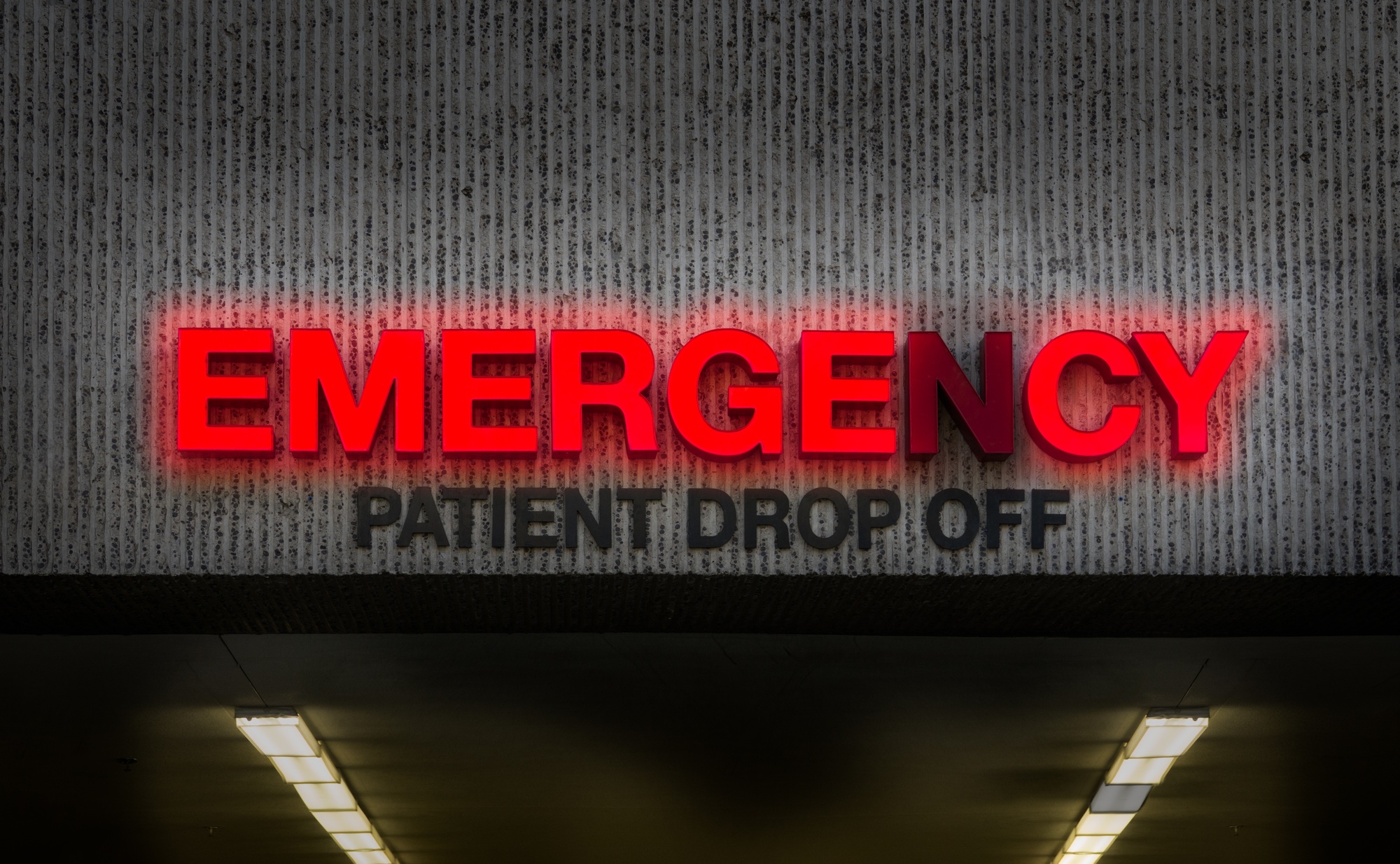Ever feel like money is flying out of your practice faster than it’s coming in?
Among payroll, rent, equipment, and the endless stream of unexpected costs, it’s easy to lose track of where your hard-earned revenue is actually going. But—knowing exactly what your top 10 expenses are isn’t just about cutting costs; it’s about making smarter financial decisions that keep your practice thriving.
When you have a clear picture of where your money is going, you can pinpoint inefficiencies, negotiate better deals, and reinvest in the areas that truly matter.
Remember that when you save a dollar it’s all yours. If you increase revenue by $1, not all of that dollar bill reaches you as there will be costs (such as marketing and labor) tied to it.
So, how do you figure out your biggest expenses and take control of your bottom line? Let’s break it down.
1. Payroll and Benefits
Your team is the backbone of your practice. Payroll, including salaries, wages, and benefits, will likely be your largest expense. Ensure you’re balancing competitive compensation with cost efficiency to attract talent without overspending.
2. Rent and Utilities
The cost of the space where you operate—including rent or mortgage payments and utilities like electricity, water, gas, and internet—is often a major expense. Negotiating a favorable lease agreement can save your practice thousands over time.
3. Insurance
Insurance can quickly add up, and it can also be shopped. Typical policies include medical malpractice, general liability, and workers’ compensation. It’s worth shopping around or negotiating bundled discounts to lower premiums.
4. Medical Supplies
From gloves to syringes and bandages, medical supplies are a constant expenditure. Buying in bulk or through trusted suppliers can help keep costs under control.
5. Technology and IT
With the increasing reliance on technology, expenses for electronic health records (EHR), practice management software, IT support, and hardware can add up quickly. Regularly evaluate your tech stack to ensure you’re only using what’s essential.
6. Marketing and Advertising
Attracting new patients and keeping existing ones engaged often requires spending on online ads, print materials, social media, and even community networking. Focus on channels that deliver the best return on investment.
7. Professional Fees
Legal counsel, accountants, and consultants are essential but pricey. Ensure that these vendors provide clear value to your practice. Regularly review their fees and shop around to stay competitive.
8. Equipment Maintenance and Repairs
Expensive medical equipment isn’t just a one-time investment. Ongoing maintenance, servicing, and occasional repairs are crucial to ensuring your tools function properly and avoid downtime. Service contracts should be reviewed often. Are they necessary? Is it better to pay only if there is an issue?
9. Administrative Costs
Office supplies, postage, and other day-to-day operations can seem minor but add up over time. Use a streamlined process to reduce waste and improve efficiency in administrative areas.
10. Utilities
Electricity, water, internet, and other utilities are essential for running your practice smoothly. Consider energy-saving solutions or better service providers to reduce costs.
How to Identify Your Top Expenses
1. Review Financial Statements
Regularly review your income statements and balance sheets to understand your major expense categories. Compare them to a year ago or two years ago.
2. Track Invoices and Receipts
Keep organized records of all invoices and receipts. This gives you a clear picture of where your money is going. It’s also a good idea for the owner to sign all checks or authorize all payment in person for a month to see where the money is going.
3. Use Accounting Software
Tools like Sage or Cliniko can help you categorize expenses, generate reports, and identify trends.
4. Create a Budget
Establish a realistic budget for monthly and yearly operations, and track spending against it.
5. Schedule Regular Expense Reviews
Set aside time quarterly or monthly to review and analyze your expenses. This can help you catch unnecessary spending early.
Conclusion
Want to run a profitable private practice? It all starts with understanding your expenses.
By tracking your top 10 expenditures, you’ll gain the clarity you need to make smarter financial decisions, trim unnecessary costs, and boost efficiency.
Take a closer look at your spending today—your practice’s success depends on it! And remember, tools and expert advice can make the process easier, don’t be afraid to use them!





